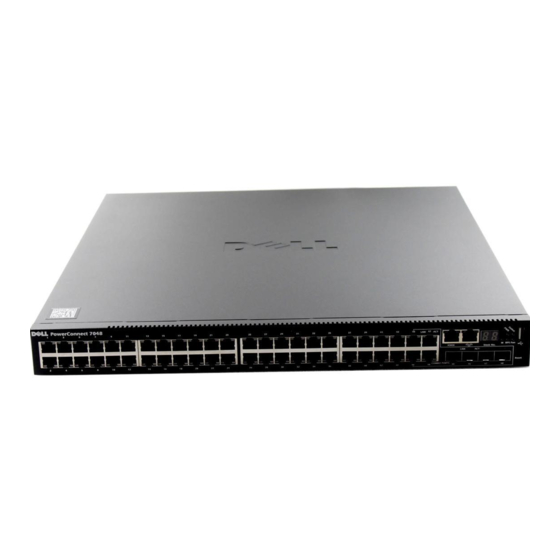
Dell PowerConnect 7048P Manual
Powerconnect 7000 series stackable layer 2 and 3 switches
Hide thumbs
Also See for PowerConnect 7048P:
- Getting started manual (402 pages) ,
- Release note (74 pages) ,
- Release notes (27 pages)












Need help?
Do you have a question about the PowerConnect 7048P and is the answer not in the manual?
Questions and answers